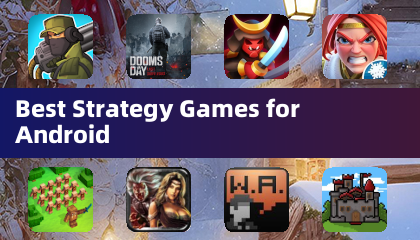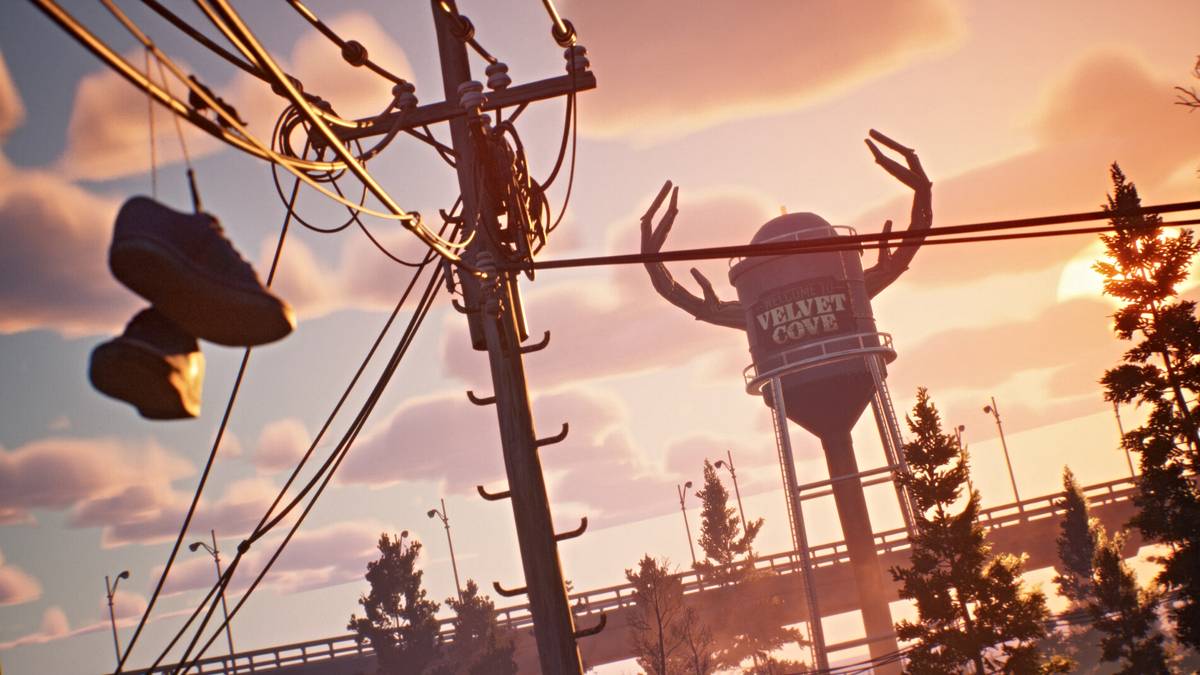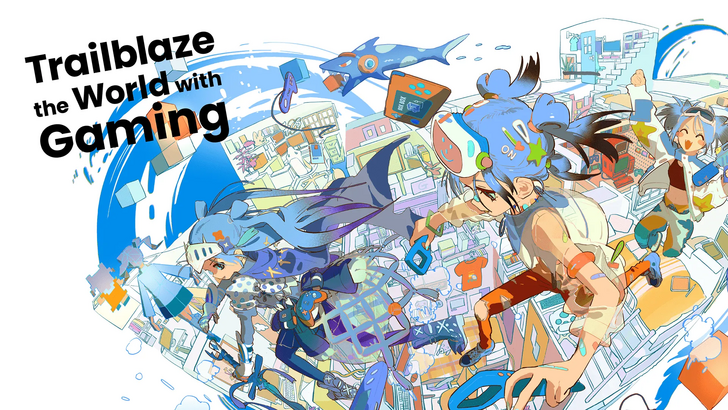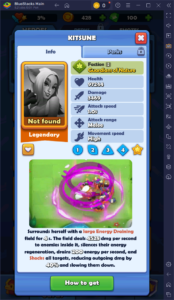Delta Force's Operations mode, also known as Hazard Operations or Extraction mode, is the epicenter of the game's adrenaline-pumping action. Whether you call it Operations or "raiding," the core concept remains the same: parachute into the fray, collect valuable gear, and extract safely before rival players or AI forces eliminate you. The thrilling twist here, as in other extraction shooters, is that everything you bring into the game is at risk; if you perish, you lose it all.
This guide delves deeper than mere survival strategies. Here, you'll master the ins and outs of Operations mode from beginning to end, including pacing your run, managing your gear effectively, and making strategic decisions that enhance your long-term gains. If you're solely interested in survival tips for Operations mode, be sure to visit our blog where we've published a detailed guide on the subject.
Whether you're playing solo or with a squad, understanding the mechanics is crucial to playing smarter, not harder.
What Operations Mode Actually Is
Delta Force's Operations mode is a dynamic PvPvE sandbox where no two matches are the same. You, along with up to two other players, enter a live map teeming with AI soldiers, loot drops, and opposing teams. Your objective is to gather as much loot as possible and safely extract before being taken out by threats, human or otherwise.
Unlike traditional shooter modes, there's no score to chase. The items you successfully extract become part of your inventory outside of the raid. Conversely, should you fall in combat, you lose everything on your person, except for the select items secured in your Safe Box. This risk-and-reward dynamic is what makes Operations mode so gripping, even if you're only scavenging for medical supplies and making a stealthy exit.
Loadout Planning and Inventory Control
Your journey to success begins before you even set foot on the map—it starts with selecting an optimal loadout for the mission at hand. Each match requires an entry fee, so your loadout choices are pivotal. The essentials—helmet, armor, chest rig, and backpack—are indispensable, as you can't deploy without them. Your decisions on what to carry beyond these basics will shape your gameplay strategy.

Extraction zones are typically fixed, but some maps feature dynamic elements like elevators or enemy-controlled checkpoints. Always have an exit strategy in mind before venturing deep into the looting zones.
Loot Smarter, Not Harder
Every item in Operations mode carries a sell value, but not all are worth the risk. In the beginning, focus on securing healing items, attachments, and rare electronics—these are compact, valuable, and can be stashed in your Safe Box if necessary.
While heavy weapons and armor may seem appealing, they can encumber you and occupy precious space. Only carry these if you're confident in your extraction, or if you're close to an exit and have little to lose.
A useful tip for newcomers is to steer clear of major loot hotspots during the initial phase of the match. Allow other teams to engage in combat, then sweep up the remnants. If you're playing solo, focus on looting the perimeters of the map and revisit them later. You'll often find valuable items left behind after intense team skirmishes.
Picking the Right Operative
Your Operative selection dictates your playstyle in Operations mode. Not all Operators are suited for stealth or loot-focused gameplay, so choose one that aligns with your objectives.
Luna and Hackclaw excel in providing intel and mobility. Luna can tag enemies and disrupt advances with her shock arrows, whereas Hackclaw moves silently and can execute stealthy takedowns with her knife. Stinger's healing abilities make him ideal for team runs, particularly if you're supporting more aggressive players.
Avoid Operatives with loud or conspicuous abilities unless your strategy involves direct confrontation. Characters like D-Wolf are entertaining, but they draw too much attention in a mode where staying undetected often yields better outcomes.
Fight When It Matters
In Operations mode, choosing when to fight is more crucial than winning every battle. PvP encounters can yield gear and XP, but they also delay you and attract unwanted attention. Engage only when it's advantageous or necessary.
If you find yourself in a firefight, keep moving and aim to end it swiftly. Utilize your abilities to gain an edge—Luna's detection arrow can reveal players hiding behind cover, while Stinger's smoke can provide cover for healing or escaping.
Remember, you can always loot the fallen later. If two teams are clashing, stay back and let them wear each other down. Third-partying is risky, but it's a highly effective method to acquire gear without needing to outgun everyone.
Making the Most of Each Match
Every raid presents an opportunity to accumulate value, hone your skills, or learn something new. Don't dwell on a bad run—instead, use it to refine your approach for the next one.
Conserve your credits during a losing streak and play more strategically when you're on a winning streak. Upgrade your Safe Box as early as possible, experiment with different Operative setups, and explore the maps to discover the most lucrative loot routes.
Over time, you'll shift your focus from mere survival to optimization. That's when Operations mode truly becomes enjoyable.
Delta Force's Operations mode transcends simple loot-and-run mechanics. It's a game of risk, strategic planning, and intelligent decision-making. Construct your loadout with intent, loot judiciously, and know when to engage or retreat. Remember, every setback is merely part of the journey that makes your first major victory all the more rewarding.
For the optimal gaming experience, consider playing Delta Force on a PC using BlueStacks. You'll enjoy quicker load times, more precise controls, and an easier time managing your gear. It's the best way to stay competitive while you're learning the ropes.




















